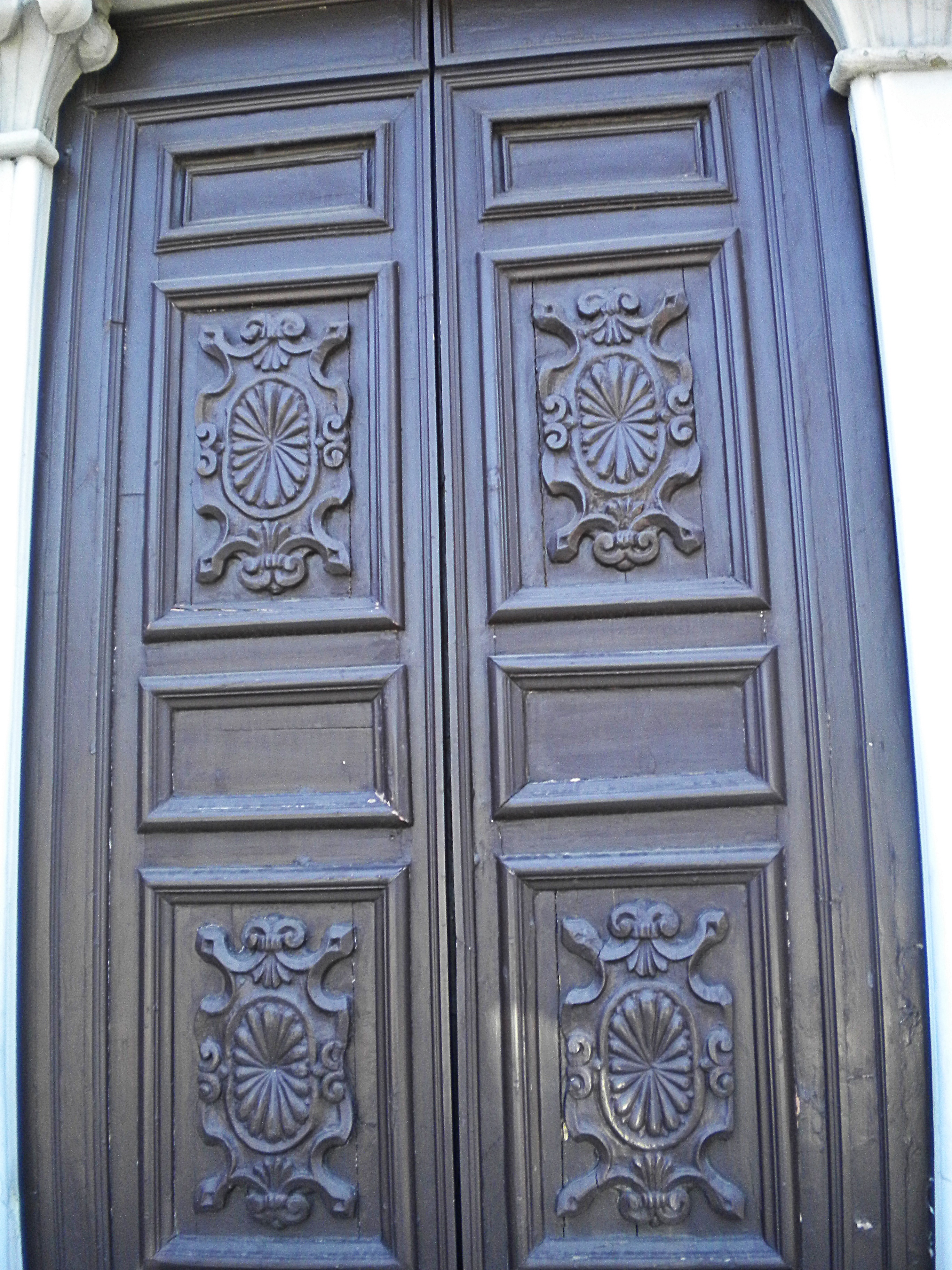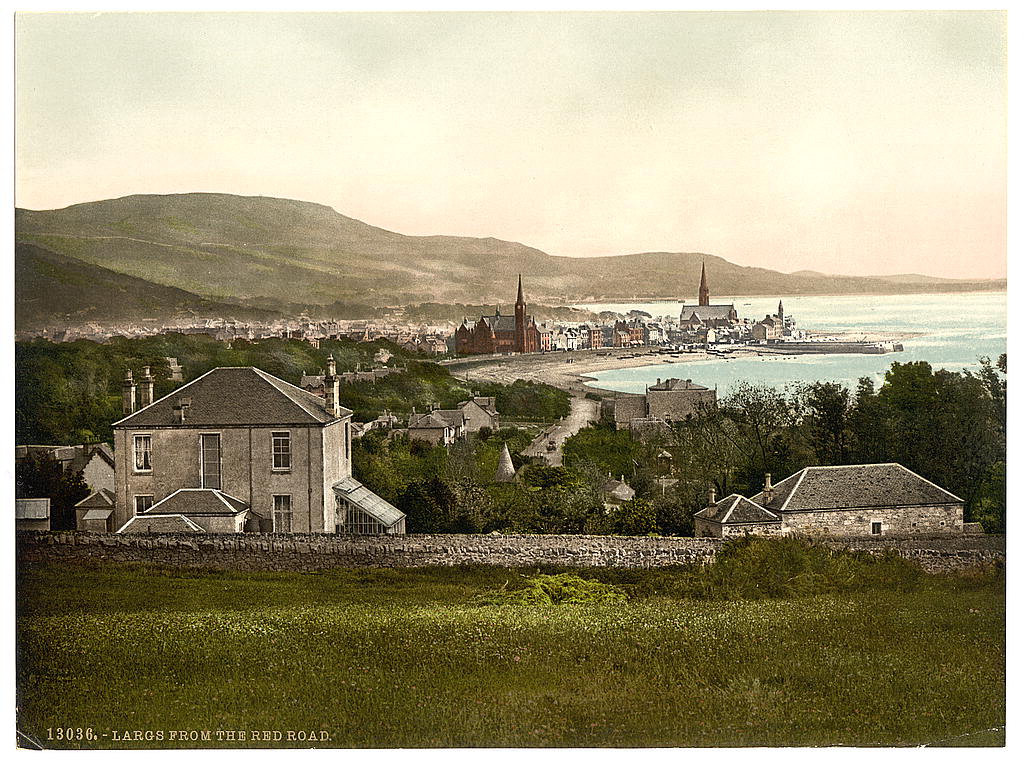|
Brisbane Aisle
The Brisbane Aisle (NS 220247, 659447) is a small 17th century free-standing burial vault, built for the Shaws of Kelsoland (aka Brisbane) and situated in the grounds of the 'Largs Old Kirk', Largs, Ayrshire, Scotland.British Listed Buildings. Retrieved : 2011-02-04 History Built for the Shaws of Kelsoland, this became the burial vault of the Brisbane family sometime after 1695. The date 1634 as inscribed on a heraldic datestone at the east side of the structure, above a sealed portal. A heraldic panel is inscribed with "P.S" and "I.S", indicating the Shaws of Kelsoland. An armorial device with[...More Info...] [...Related Items...] OR: [Wikipedia] [Google] [Baidu] |
Cavetto
A cavetto is a concave moulding with a regular curved profile that is part of a circle, widely used in architecture as well as furniture, picture frames, metalwork and other decorative arts. In describing vessels and similar shapes in pottery, metalwork and related fields, "cavetto" may be used of a variety of concave curves running round objects. The word comes from Italian, as a diminutive of ''cave'', from the Latin for "hollow" (it is the same root as cave). A vernacular alternative is "cove", most often used where interior walls curve at the top to make a transition to the roof, or for "upside down" cavettos at the bases of elements. The cavetto moulding is the opposite of the convex, bulging, ovolo, which is equally common in the tradition of Western classical architecture. Both bring the surface forward, and are often combined with other elements of moulding. Usually they include a curve through about a quarter-circle (90°). A concave moulding of about a full semi-ci ... [...More Info...] [...Related Items...] OR: [Wikipedia] [Google] [Baidu] |
Historic Scotland
Historic Scotland ( gd, Alba Aosmhor) was an executive agency of the Scottish Office and later the Scottish Government from 1991 to 2015, responsible for safeguarding Scotland's built heritage, and promoting its understanding and enjoyment. Under the terms of a Bill of the Scottish Parliament published on 3 March 2014, Historic Scotland was dissolved and its functions were transferred to Historic Environment Scotland (HES) on 1 October 2015. HES also took over the functions of the Royal Commission on the Ancient and Historical Monuments of Scotland. Role Historic Scotland was a successor organisation to the Ancient Monuments Division of the Ministry of Works and the Scottish Development Department. It was created as an agency in 1991 and was attached to the Scottish Executive Education Department, which embraces all aspects of the cultural heritage, in May 1999. As part of the Scottish Government, Historic Scotland was directly accountable to the Scottish Ministers. In 2 ... [...More Info...] [...Related Items...] OR: [Wikipedia] [Google] [Baidu] |
Kirk
Kirk is a Scottish and former Northern English word meaning "church". It is often used specifically of the Church of Scotland. Many place names and personal names are also derived from it. Basic meaning and etymology As a common noun, ''kirk'' (meaning 'church') is found in Scots, Scottish English, Ulster-Scots and some English dialects, attested as a noun from the 14th century onwards, but as an element in placenames much earlier. Both words, ''kirk'' and ''church'', derive from the Koine Greek κυριακόν (δωμα) (kyriakon (dōma)) meaning ''Lord's (house)'', which was borrowed into the Germanic languages in late antiquity, possibly in the course of the Gothic missions. (Only a connection with the idiosyncrasies of Gothic explains how a Greek neuter noun became a Germanic feminine). Whereas ''church'' displays Old English palatalisation, ''kirk'' is a loanword from Old Norse and thus retains the original mainland Germanic consonants. Compare cognates: Icelandic & ... [...More Info...] [...Related Items...] OR: [Wikipedia] [Google] [Baidu] |
Skelmorlie
Skelmorlie is a village in North Ayrshire in the south-west of Scotland. Although it is the northernmost settlement in the council area of North Ayrshire, it is contiguous with Wemyss Bay, which is in Inverclyde. The dividing line is the Kelly Burn, which flows into the Firth of Clyde just south of the Rothesay ferry terminal. Despite their proximity, the two villages have historically been divided, Skelmorlie in Ayrshire and Wemyss Bay in Renfrewshire. Skelmorlie itself is divided into two sections, Lower and Upper Skelmorlie. There is one primary school in the village, with secondary age pupils going to Largs Academy in North Ayrshire. In common with this part of the Clyde foreshore, the rich red sandstone is a prominent feature of the landscape and housing in Skelmorlie. Early Skelmorlie The village is nestled on a plateau and is situated 30-60m above the sea-level. It overlooks the Firth of Clyde, with views across to the beginning of the Scottish Highlands. The outstandi ... [...More Info...] [...Related Items...] OR: [Wikipedia] [Google] [Baidu] |
Skelmorlie Castle
Skelmorlie Castle stands on the eastern shore of the Firth of Clyde, Scotland, at the north-western corner of the county of Ayrshire. The structure dates from 1502, and was formerly the seat and stronghold of the Montgomery Clan.Boyd, Page 9 The modern village of Skelmorlie lies to the north of the castle. History The name is given as 'North Skelmoirluy' on Robert Gordon's map of 1636–52; 'Skelmurly' on John Adair's map of 1685; and 'Skelmorly' on William Roy's map of 1745–47. The origin of the name may be 'shelter leeside of the great rock' and 'Skel-' may be equivalent to 'Skeir' and 'Skerries.' The Cunninghame family During the reign of Robert III (1390–1406) the lands of Skelmorlie were held by the Cunninghames of Kilmaurs; in about 1460 the northern portion passed into the hands of the Montgomeries as Skelmorlie-Montgomerie, the remainder continuing as Skelmorlie-Cunninghame.Millar, Page 134 Anne, sister of Alexander de Montgomerie married a Cunninghame of Kilmaurs ... [...More Info...] [...Related Items...] OR: [Wikipedia] [Google] [Baidu] |
Monument
A monument is a type of structure that was explicitly created to commemorate a person or event, or which has become relevant to a social group as a part of their remembrance of historic times or cultural heritage, due to its artistic, historical, political, technical or architectural importance. Some of the first monuments were dolmens or menhirs, megalithic constructions built for religious or funerary purposes. Examples of monuments include statues, (war) memorials, historical buildings, archaeological sites, and cultural assets. If there is a public interest in its preservation, a monument can for example be listed as a UNESCO World Heritage Site. Etymology It is believed that the origin of the word "monument" comes from the Greek ''mnemosynon'' and the Latin ''moneo'', ''monere'', which means 'to remind', 'to advise' or 'to warn', however, it is also believed that the word monument originates from an Albanian word 'mani men' which in Albanian language means 'remembe ... [...More Info...] [...Related Items...] OR: [Wikipedia] [Google] [Baidu] |
Skelmorlie Aisle
The Skelmorlie Aisle of Largs Old Kirk is the remains of a church in the town of Largs, Ayrshire, Scotland. History The majority of the kirk (church) was demolished in 1802 when the new parish church came into use, but the aisle, a division of the once larger building containing the mausoleum, was retained. The Montgomerie tomb The Skelmorlie Aisle contains a notable monument built by a local landowner, Sir Robert Montgomerie of Skelmorlie Castle, seventh Laird of Skelmorlie, as a burial site for himself and his wife, Dame Margaret Douglas. The aisle was added to the old kirk (church) of Largs in 1636, and comprises a Renaissance canopied tomb above the burial-vault entrance. The barrel vaulted ceiling of the aisle was painted 1638 in panels, with heraldic emblems and signs of the Zodiac, etc. by a Mr. Stalker. A third coffin within the tomb is said to be that of Sir Hugh Montgomerie of Eaglesham, a hero of the Battle of Otterburn.Clan Montgomery Society, Page 7 It can be comp ... [...More Info...] [...Related Items...] OR: [Wikipedia] [Google] [Baidu] |
The Skelmorlie Aisle, Largs, 1890
''The'' () is a grammatical article in English, denoting persons or things already mentioned, under discussion, implied or otherwise presumed familiar to listeners, readers, or speakers. It is the definite article in English. ''The'' is the most frequently used word in the English language; studies and analyses of texts have found it to account for seven percent of all printed English-language words. It is derived from gendered articles in Old English which combined in Middle English and now has a single form used with pronouns of any gender. The word can be used with both singular and plural nouns, and with a noun that starts with any letter. This is different from many other languages, which have different forms of the definite article for different genders or numbers. Pronunciation In most dialects, "the" is pronounced as (with the voiced dental fricative followed by a schwa) when followed by a consonant sound, and as (homophone of pronoun ''thee'') when followed by a ... [...More Info...] [...Related Items...] OR: [Wikipedia] [Google] [Baidu] |
Bolection
A bolection is a decorative moulding which projects beyond the face of a panel or frame in raised panel walls, doors, and fireplaces. It is commonly used when the meeting surfaces are at different levels, especially to hold floating panels in place while allowing them to expand and contract with changes in temperature and humidity. Also sometimes called balection or bilection, the term is of uncertain etymology and was first used in the early 18th century. Bolection was used to great effect by Christopher Wren Sir Christopher Wren PRS FRS (; – ) was one of the most highly acclaimed English architects in history, as well as an anatomist, astronomer, geometer, and mathematician-physicist. He was accorded responsibility for rebuilding 52 churches .... Bolection mouldings are usually rabbeted on their underside to the depth of the lower element, but attached to the upper (when panels are allowed to float) or both (when merely decorative). Bolection mouldings were also ... [...More Info...] [...Related Items...] OR: [Wikipedia] [Google] [Baidu] |
Largs
Largs ( gd, An Leargaidh Ghallda) is a town on the Firth of Clyde in North Ayrshire, Scotland, about from Glasgow. The original name means "the slopes" (''An Leargaidh'') in Scottish Gaelic. A popular seaside resort with a pier, the town markets itself on its historic links with the Vikings and an annual festival is held each year in early September. In 1263 it was the site of the Battle of Largs between the Norwegian and the Scottish armies. The National Mòd has also been held here in the past. History There is evidence of human activity in the vicinity of Largs which can be dated to the Neolithic era. The Haylie Chambered Tomb in Douglas Park dates from c. 3000 BC. Largs evolved from the estates of North Cunninghame over which the Montgomeries of Skelmorlie became temporal lords in the seventeenth century. Sir Robert Montgomerie built Skelmorlie Aisle in the ancient kirk of Largs in 1636 as a family mausoleum. Today the monument is all that remains of the old kirk. ... [...More Info...] [...Related Items...] OR: [Wikipedia] [Google] [Baidu] |
Brisbane Aisle, Largs
Brisbane ( ) is the capital and most populous city of the states and territories of Australia, Australian state of Queensland, and the list of cities in Australia by population, third-most populous city in Australia and Oceania, with a population of approximately 2.6 million. Brisbane lies at the centre of the South East Queensland metropolitan region, which encompasses a population of around 3.8 million. The Brisbane central business district is situated within a peninsula of the Brisbane River about from its mouth at Moreton Bay, a bay of the Coral Sea. Brisbane is located in the hilly floodplain of the Brisbane River Valley between Moreton Bay and the Taylor Range, Taylor and D'Aguilar Range, D'Aguilar mountain ranges. It sprawls across several local government in Australia, local government areas, most centrally the City of Brisbane, Australia's most populous local government area. The demonym of Brisbane is ''Brisbanite''. The Traditional Owners of the Brisbane a ... [...More Info...] [...Related Items...] OR: [Wikipedia] [Google] [Baidu] |


.png)


